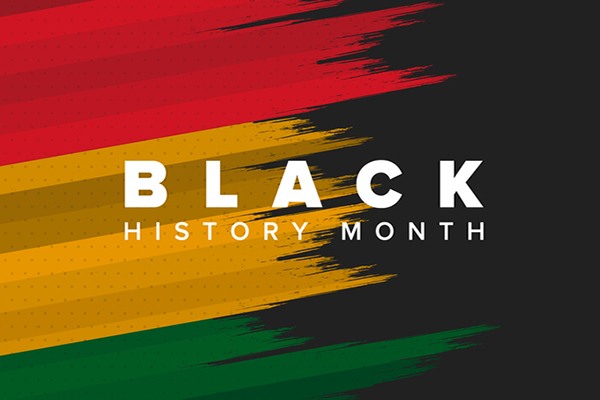Black History Month 2022

A reflection on the importance of different skin tones in foot pathology and podiatry education by Ms Ada Fraser, private practice podiatrist and a recent graduate from Queen Margaret University
After graduating from Queen Margaret University, I decided to work in private practice in Edinburgh. I am Kenyan and Scottish, and was brought up in both countries, which has been wonderful. I have always felt blessed that I grew up with two cultures which enriched my own personal experience. I am involved every year in Black History Month (BHM), whether in university or attending talks and exhibitions in the Edinburgh and Glasgow area. I also joined the Royal College of Podiatry's (RCPod's) Equality and Diversity Committee as I support the RCPod’s values on inclusivity and diversity. During the latter period of my studies I began having conversations with other podiatry students about the lack of resources available for foot pathologies in darker skins.
Being of mixed heritage myself, it was no surprise to find that my daughter has a different Fitzpatrick skin type from my own. This is common in many families of mixed African and Caribbean heritage. Last year, the RCPod took bold steps in recognising the lack of education in this area and held town hall meetings, which developed into a conversation about both the lack of resources representing different skin types, and also the language used. The September issue of The Podiatrist expanded on this area of podiatry skin education. It discussed how, as a consequence of poor skin education, Black and Brown people are diagnosed with late stage melanomas which results in a poor survival rates. I find this very sad and felt that when I completed my degree, I would like to be involved with the local Black and Brown community in Edinburgh.
During my time at university I was part of the African Caribbean Society and on completing my podiatry course, I signed up to join the African Caribbean Society of Scotland. I have spoken at womens’ groups, aimed at Black and Brown women, to promote the profession and educate the local community on what a podiatrist does. I was then contacted by a local charity supporting Black and Brown people suffering with long-term health conditions like Diabetes. The charity asked if I could speak about foot health for people with Diabetes. This is very important as many Black patients with Diabetes have received poor treatment or felt they were not heard.
Representation is important in this profession, and it is important that Black patients receive the same professional treatment as their white counterparts. It has been refreshing to begin a new career with podiatrists that look like me, have similar backgrounds and continue to push the profession so that ALL patients are seen and heard.
I feel hopeful that a conversation has finally started on the subject of skin colour and skin education for podiatrists. It also open doors in other areas of healthcare which need to be improved, such as unconscious bias in the treatment of Black and Brown patients. I feared that by choosing private practice over the NHS, I would lose touch with the local community; however, the community found me, and I am proud that I can help, and keep educating patients of all skin colours on the importance of good foot health.
